Hard water has been one of the serious concerns and addressing it should be what you need to take special care about. Almost everyone of us does use a water softener system for most of our requirements in terms of effective and efficient soft water circulation. However, what should be the form of the salt used in the water softeners? Should you use water softener salt pellets or crystals? Let us try finding it out.
Water Softener Salt Pellets or Crystals – What Should You Choose?
The choice of the right type of salt you would use in your water softener would be quite essential and important to consider and can even be an intimidating task.
If you have moved into a new home, it may be a good idea to check out what the previous owner was using. It may also be a good option to check out what do the people in the neighborhood have been using. The use of the salt form would largely be dependent on your personal preferences and the type of hard water in your area.
Salt Pellets
The water softener salt pellets can be useful in a few ways in improving your experience with the softening of hard water.
A few of the benefits you are likely to gain with the salt pellets would include:
- It will prevent the bridging or mushing inside the water softener brine tank
- It can be one of the excellent choices for those of you who may be looking for all-in-one softening units.
- It can also be a great option for your need in heavy water usage.
The salt pellets are actually 99.99 percent pure salt form. They are also considered to be the best food-grade salts for water softening requirements. The salt is washed and compressed into pillow-shaped pellets. That would make it the purest form of salt. Since the salt pellets do not leave any residue inside the tank, they have been considered to be one of the excellent options for your needs in water softening requirements.
If you are looking to get rid of the bridging effect in your water softener, salt pellets can be one of the right options. These salts are generally mixed with citric acid for removing the material build-up prospects. Citric acid-added pellets can perhaps be one of the excellent options for almost all your expectations for long-lasting protection.
Salt Crystals
Salt crystals can be one of the excellent options if you have a two-part water softening unit. It can also be a good option in case you have lower consumption of water per day. The salt crystals are 99.6% pure solar-produced sodium chloride.
Solar evaporation is the prime method used in the manufacturing of salt crystals. This includes exposing the mixture of brine, water, and salt to wind and sun. The salt crystals are never recommended for a system that involves heavy water usage as they can cause the bridging phenomenon. You are not expected to use it in the cases where you are using an all-in-one water softening system.
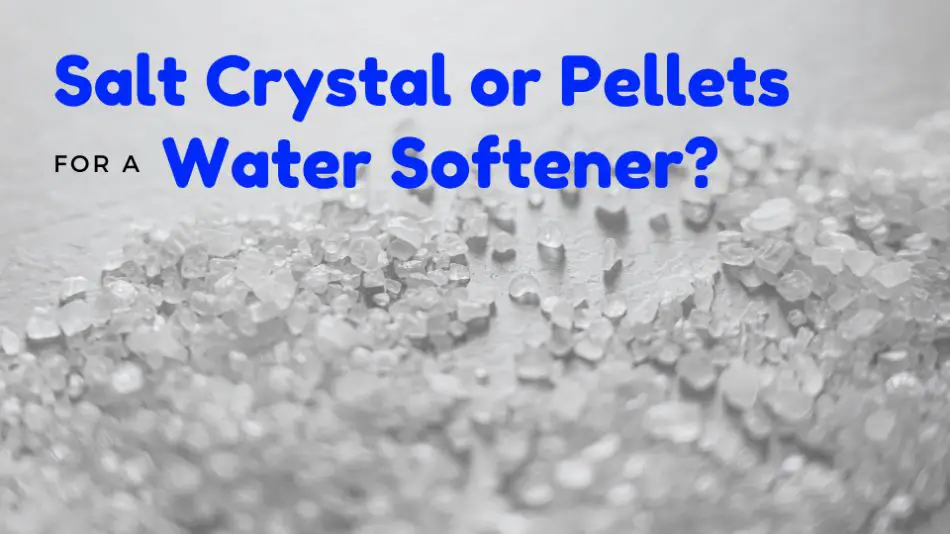
Can I Use Salt Pellets Instead of Crystals?
Salt pellets are the best option for almost all your requirements in every sort of water softener equipment. They will prevent the possibility of bridging and have been rated to be excellent options for providing access to an enhanced performance criterion in enhancing the best quality soft water. Thus, you can definitely use salt pellets instead of salt crystals.
In essence, salt crystals are highly recommended in cases that have a very lesser water usage. If you are using a lower average of water or gave a two-part water softener system, in those scenarios – using a salt crystal option can be one of the excellent options. The salt pellets can be a good option in helping you reduce bridging and thus can be a good salt option to go with if you have an all-in-one water softener system at your home.
Do Salt Pellets Have Glue in Them?
Salt Pellets do have a binding agent that holds the salt particles together when forming a pellet. It is not the Glue in the stricter sense of the word, but a sort of binding agent. They are designed to hold the salt particles together so that they are not disintegrated.
You can check it out with salt crystals. Simply hold the salt crystals in your palm and form a fist. You would find that the salt granules do not stick to one another. Do note that this can be something akin to adding a few “impurities” to the salt. That should not be a huge problem per se, but the salt pellets can have a few impurities in the form of glue.
Can I Mix Salt Pellets and Crystals?
Under ideal conditions, all the salts come with almost similar structures and you should not face any issues when you mix water softener salt pellets or crystals together. However, there are a few use cases where one type of salt may be preferred over another type of salt.
If you are using an all-in-one or single tank system of water softeners, the manufacturer will insist on using only the salt pellets and strictly forbids the use of salt crystals. This is solely due to the fact that salt crystals are likely to form bridging which can damage your plumbing and even the appliances. In all other use cases, you can mix salt pellets in salt crystals. You can be assured of an enhanced and excellent performance with respect to the best possible performance.
The Closing Thoughts
Well, that was a complete comparison between the two different forms of salts how effective they can be in improving your water softening experience. In fact, most of the application areas recommend the use of salt pellets in place of salt crystals. Of course, a few of the application areas such as two-part water softener systems or lower average water consumption can work well with the salt crystals, while almost all the major water softener systems will require and work best with the salt pellets.

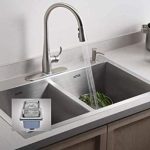
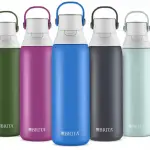
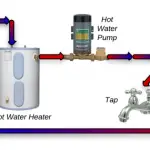
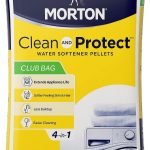
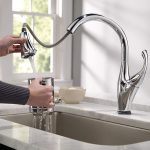
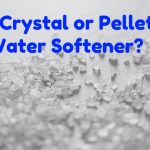





Add Comment